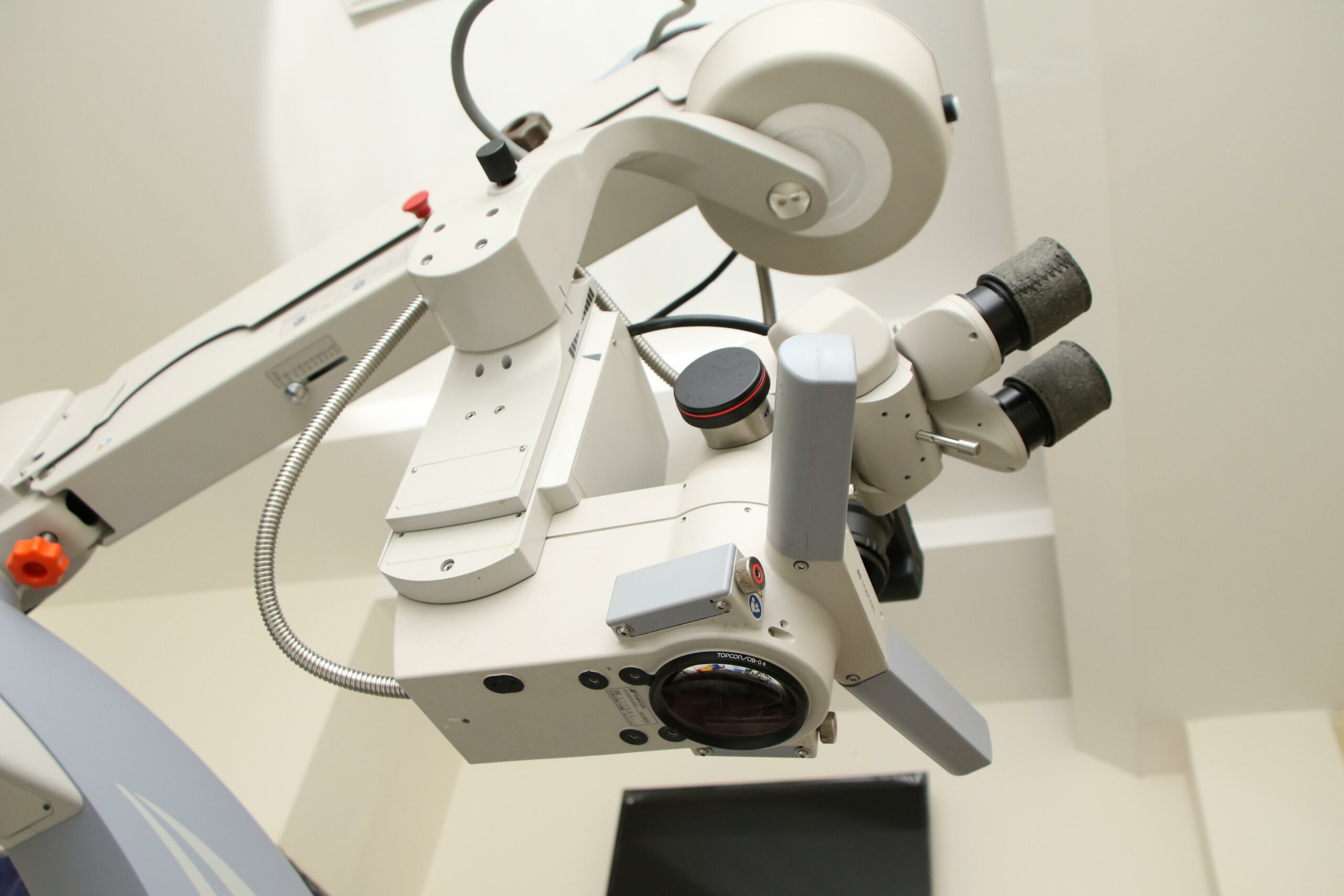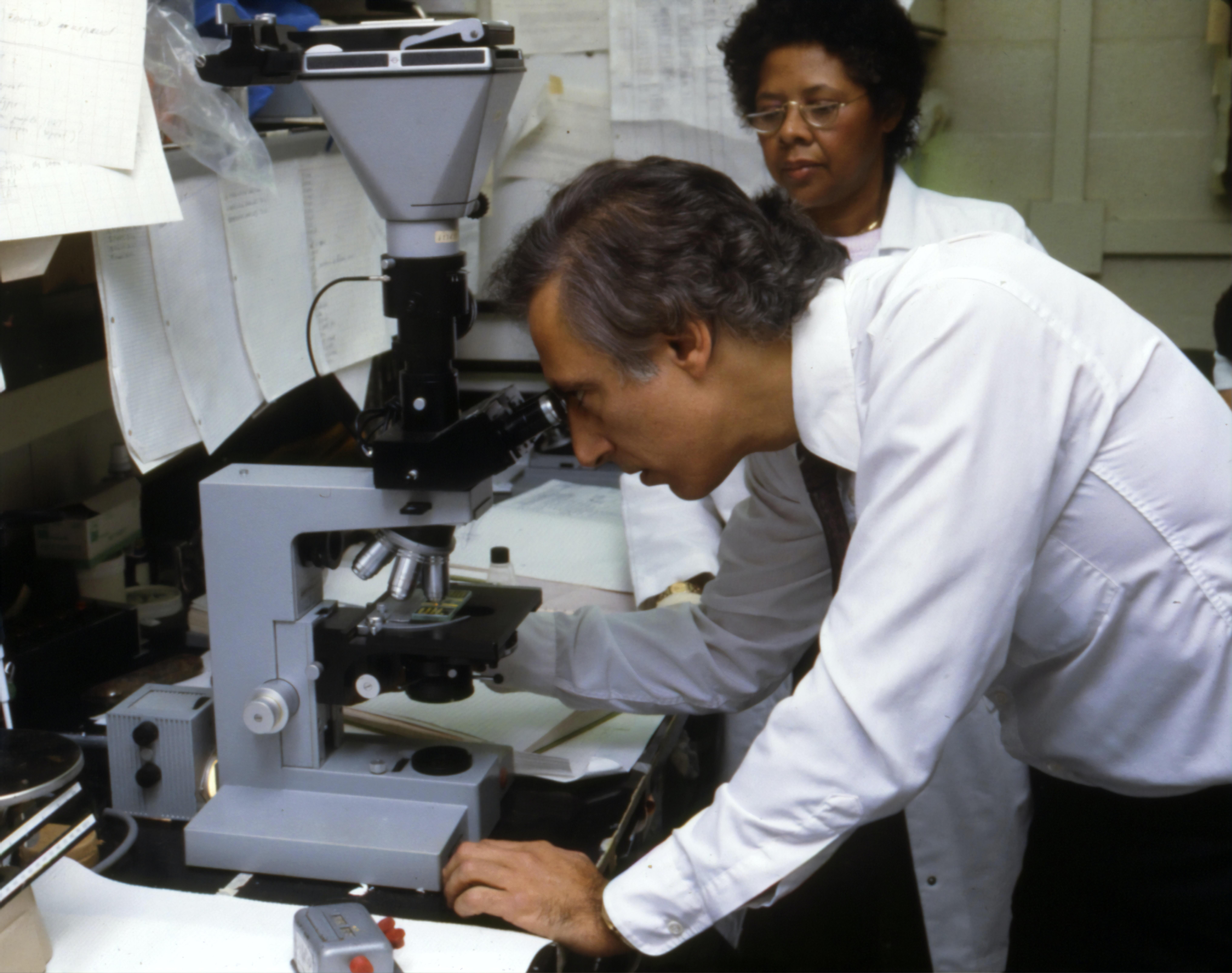Are you ready to embark on a journey into the world of electron microscopy? Get ready to uncover the hidden wonders and astonishing capabilities of this powerful scientific tool. In this article, we will delve into the captivating realm of electron microscopes and explore a treasure trove of intriguing facts. As a seasoned science writer with a background in research, I am equipped with the knowledge and expertise to guide you through this fascinating subject. Stay tuned as we unravel the mysteries and demystify the inner workings of electron microscopy, revealing the secrets it holds and the mind-boggling discoveries it has made possible.

Interesting Facts About the Electron Microscope
Welcome to the captivating world of electron microscopy, where the wonders of the microscopic realm are magnified and brought to life. In this article, we will delve into the intriguing facts surrounding electron microscopes, shedding light on how they work and the astounding images they produce. Buckle up for a journey into the hidden world that lies beyond our naked eye, as we unveil the secrets of electron microscopy.
The Illuminating Power of Accelerated Electrons
At the heart of every electron microscope lies a powerful source of illumination: accelerated electrons. Unlike traditional light microscopes that rely on photons, electron microscopes utilize a beam of accelerated electrons to illuminate the specimen. This ingenious technique allows for an unprecedented level of detail to be captured, revealing the intricate structures of even the tiniest objects.
Electromagnets as Lenses: Focusing the Electron Beam
In the world of electron microscopy, electromagnets take on the role of lenses, steering and focusing the electron beam. These powerful magnets, strategically placed within the electron microscope, manipulate the path of the electrons, allowing for precise imaging and magnification. Much like a skilled conductor directing an orchestra, these electromagnets orchestrate the symphony of electrons, enabling us to capture breathtaking images of the microscopic world.
A Vacuumed Enclave: The Need for Controlled Conditions
Have you ever wondered why electron microscopes operate in a vacuum? Unlike photons, electrons cannot travel far in air. Therefore, before objects can be visualized using an electron microscope, they must be placed within a vacuum. This controlled environment ensures that the electron beam does not scatter or interact with air molecules, providing a clear and unobstructed view of the specimen. By vacuuming away the obstacles, we are granted a window into the hidden intricacies of the microscopic realm.
Short Wavelength, High Resolution: Unleashing the Power of Electrons
One of the most captivating aspects of electron microscopy lies within the short wavelength of electrons. This characteristic allows electron microscopes to achieve significantly higher resolution than traditional light microscopes. The short wavelength enables us to visualize the fine details and structures of objects with astonishing clarity. It’s akin to switching from a blurry black-and-white TV screen to an ultra-high-definition display, revealing a world of detail previously unseen.
Magnification Beyond Imagination: Unlocking the Microcosmos
Prepare to be astounded as we explore the mind-boggling magnification capabilities of electron microscopes. These powerful scientific tools can magnify objects up to a staggering 1 million times their actual size. Just think about it – an object so small that it cannot be perceived with the naked eye can be transformed into a giant, granting us the ability to scrutinize and study its intricate features in astonishing detail.
In conclusion, electron microscopy opens up a whole new dimension for scientific discovery and exploration. From the illuminating power of accelerated electrons to the role of electromagnets as lenses, every aspect of electron microscopy holds an intriguing secret waiting to be unraveled. By venturing into the controlled vacuumed enclave and harnessing the power of short-wavelength electrons, we can unlock the hidden details of the microcosmos. So, join us in this journey of scientific marvels as we peer into the invisible world and unveil the captivating and mind-blowing facts about the electron microscope.
“The electron microscope’s beam of accelerated electrons illuminates the microscopic realm with unprecedented detail, revealing the hidden structures that lie beyond human perception.”
“Electromagnets act as conductors, directing the electron beam with precision and finesse, akin to a symphony conductor leading a powerful orchestra.”
“Within the vacuumed enclave of the electron microscope, the electron beam travels unhindered, capturing the essence of the specimen without interference from air molecules.”
“The short wavelength of electrons unlocks a world of high-resolution imaging, exposing intricate details previously unseen with traditional light microscopes.”
“With a magnifying power that defies imagination, electron microscopes reveal the microcosmos in a larger-than-life spectacle, magnifying objects up to an astonishing 1 million times.”
Microscopes have been captivating scientists and enthusiasts for centuries. Whether you’re a biology student exploring the wonders of cellular structures or a curious individual fascinated by the unseen world, learning about the facts and history behind microscopes can be a truly enlightening experience. Delve into the fascinating realm of microscope knowledge and explore facts about the microscope here. Uncover the origins of this ingenious invention, understand how it revolutionized the field of science, and gain insights into the countless discoveries it has enabled. Embark on this journey of discovery and let the astonishing world of microscopes inspire your scientific curiosity.
Interesting Facts About the Electron Microscope
The world of science holds numerous captivating treasures, and one such gem is the electron microscope. Known for its remarkable precision and ability to reveal the tiniest details, this revolutionary tool never ceases to fascinate researchers and enthusiasts alike. If you’re yearning to delve deeper into the wonders of the electron microscope, here are some intriguing facts that will surely leave you in awe. Did you know that electron microscopes can magnify objects by up to a mind-boggling 10 million times? This incredible level of detail allows scientists to explore the intricate structures of viruses, cells, and even atoms. Prepare to be amazed as we uncover a plethora of electron microscope facts that will expand your understanding of this exceptional scientific tool.
Let’s explore some more fascinating facts about the electron microscope! Did you know that electron microscopes can capture images that are too small for our eyes to see? From the intricate pattern on a butterfly’s wing to the minuscule structure of a microchip, the electron microscope unveils a hidden world of breathtaking complexity. These images not only astound scientists but also serve as a source of inspiration for artists and designers. Prepare to embark on a journey of discovery as we delve into the intriguing realm of electron microscopy.
Now, let’s dive deeper into the mysteries of the electron microscope. Can you imagine that electron microscopes can reveal the atomic arrangement of materials? The sheer precision of this instrument allows scientists to visualize the individual atoms that make up substances, enabling them to study the building blocks of the natural world. With the electron microscope, scientists can investigate the secrets of materials, unlocking new possibilities for technological advancements and scientific breakthroughs. Get ready to have your mind expanded as we explore even more intriguing facts about the electron microscope.
These mesmerizing facts about the electron microscope are just the tip of the iceberg. To uncover the countless wonders hidden within this extraordinary scientific tool, click here to explore more electron microscope facts. Brace yourself for a mind-blowing journey through the incredibly small and astonishingly intricate world that the electron microscope unveils.
How Tiny Are Atoms?
[youtube v=”yYckT0jrMt4″]
At the microscopic level, the size of atoms is truly mind-boggling. To put things in perspective, let’s start with something relatable: the human hair. An individual hair measures about 100 micrometers, which is a millionth of a meter. At this scale, we have already surpassed the limits of our naked eyes, as individual hair cells can be as small as 10 micrometers.
As we delve deeper into the world of atoms, things start to become even more perplexing. At the atomic level, we are dealing with measurements in picometers, which are trillionths of a meter. This is where the human imagination starts to falter, struggling to comprehend the unimaginably small size of atoms.
Electron orbitals enclose the atoms, but even beyond that, we have a long journey ahead of us before reaching the atom’s nucleus. The nucleus of an atom consists of protons and neutrons, which are measured in femtometers. One femtometer is equivalent to one thousandth of a trillionth of a meter. It is an incredibly minuscule scale that requires sophisticated tools and instruments to explore.
To gain a deeper insight into the atomic realm, advanced technology has been developed, such as electron microscopes. These cutting-edge devices utilize accelerated electrons instead of photons to illuminate microscopic specimens, enabling scientists to delve into the nanoscale with unprecedented precision.
Electromagnets within electron microscopes function as lenses, steering and focusing the electron beam onto the specimen. The microscope operates within a vacuum, ensuring that air molecules do not interfere or scatter the electrons, ultimately resulting in clearer and more detailed images. This is in stark contrast to traditional light microscopes, which are limited by the diffraction of light waves.
One of the key advantages of electron microscopes is their exceptional resolution, thanks to the short wavelength of electrons. This property allows scientists to magnify objects up to 1 million times their actual size, revealing intricate details that would otherwise be completely invisible to the human eye.
In summary, the tiny size of atoms is truly fascinating. With atoms being measured in picometers and the nucleus in femtometers, it is a journey that takes us far beyond the limitations of human perception. Through the remarkable technology of electron microscopes, scientists can unlock the secrets of the microscopic world with unparalleled precision and detail.
“The microscopic realm of atoms and their components is a mind-boggling journey that stretches human imagination and requires cutting-edge tools to explore.”
FAQ
Question 1: How do electron microscopes work?
Answer: Electron microscopes work by using a beam of accelerated electrons as a source of illumination. Electromagnets function as lenses in the electron microscope, and the whole system operates in a vacuum. This setup allows for the production of higher-resolution images compared to standard light microscopes.
Question 2: Why is a vacuum necessary in electron microscopy?
Answer: A vacuum is necessary in electron microscopy because electron beams cannot travel far in air. Therefore, objects must be put in a vacuum before they can be seen with an electron microscope. This ensures that the electrons can interact with the object without being scattered or absorbed by air molecules.
Question 3: How does the short wavelength of electrons contribute to high-resolution imaging?
Answer: Electrons have a very short wavelength, which allows electron microscopes to produce higher-resolution images compared to standard light microscopes. The short wavelength enables the visualization of ultra-fine details in the object being observed, leading to a clearer and more detailed image.
Question 4: What is the magnification capability of electron microscopes?
Answer: Electron microscopes have the ability to magnify objects up to 1 million times. This exceptional level of magnification allows scientists to examine the tiniest structures and particles with incredible precision, opening up new realms of scientific discovery and understanding.
Question 5: What practical applications does electron microscopy have?
Answer: Electron microscopy has a wide range of practical applications in various fields. It is extensively used in materials science, biology, chemistry, and nanotechnology. Electron microscopes provide valuable insights into the structure and composition of materials, the internal organization of cells, and the manipulation of nanoscale objects, among many other important applications.
- Discover Northern Pakistan’s Hidden Gems: Your Ultimate Guide - March 27, 2025
- Explore Eastern Canada: Unforgettable Adventures Await - March 27, 2025
- Unlock New St. John’s Potential: Education & Faith - March 27, 2025
















